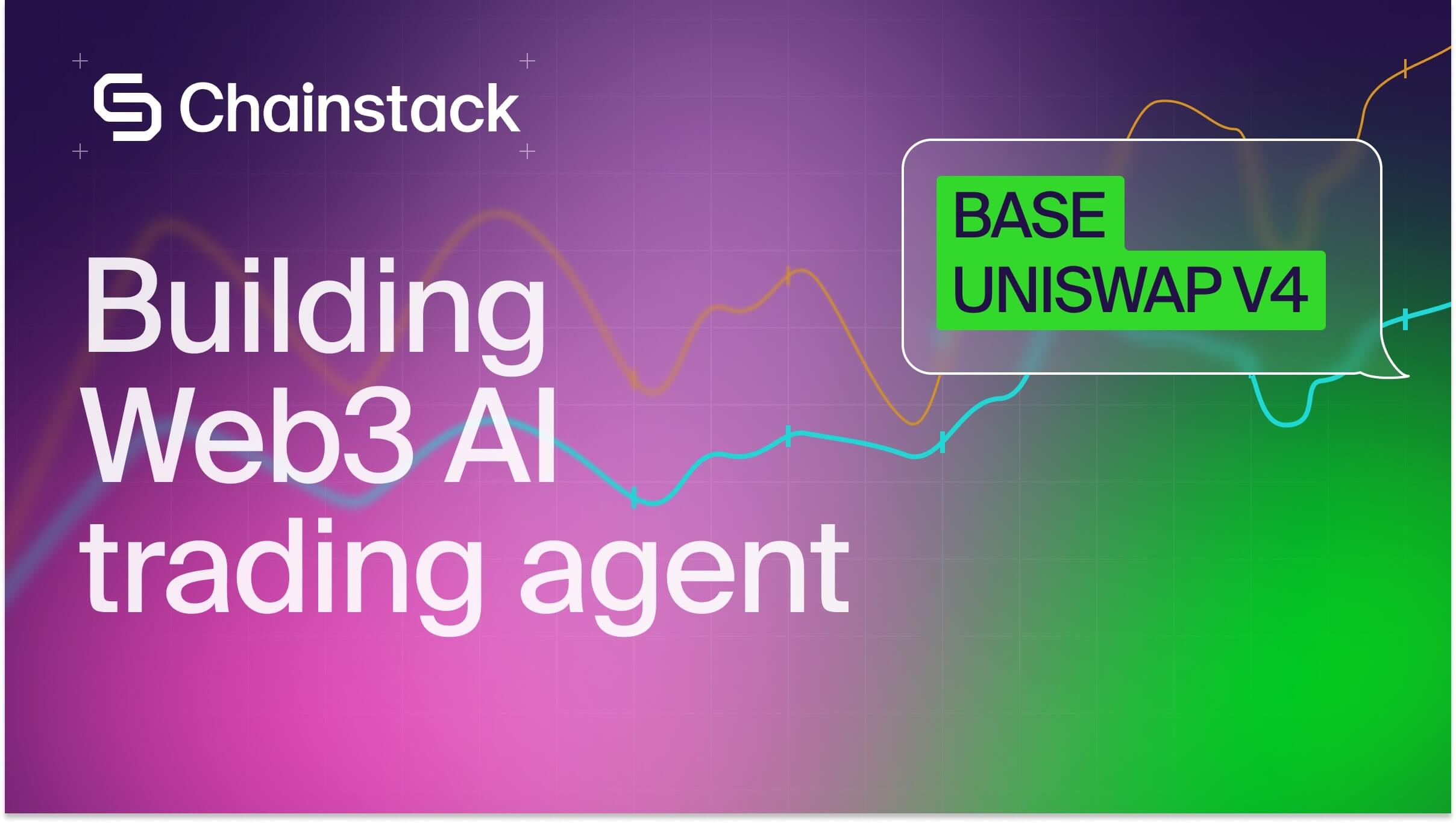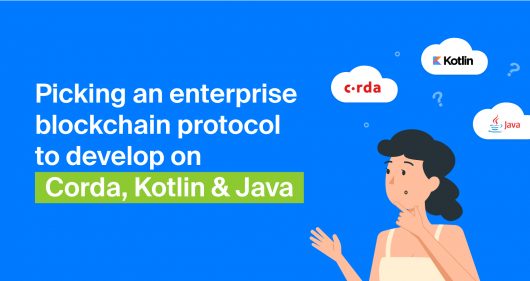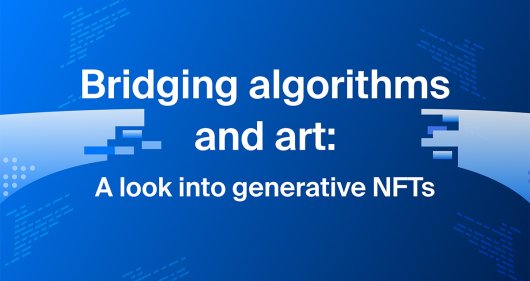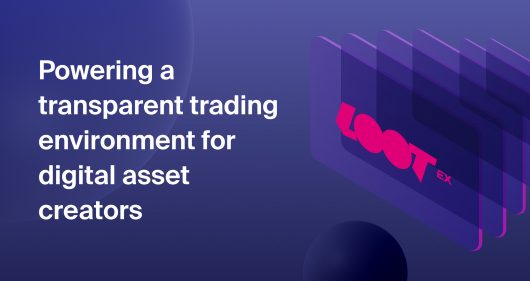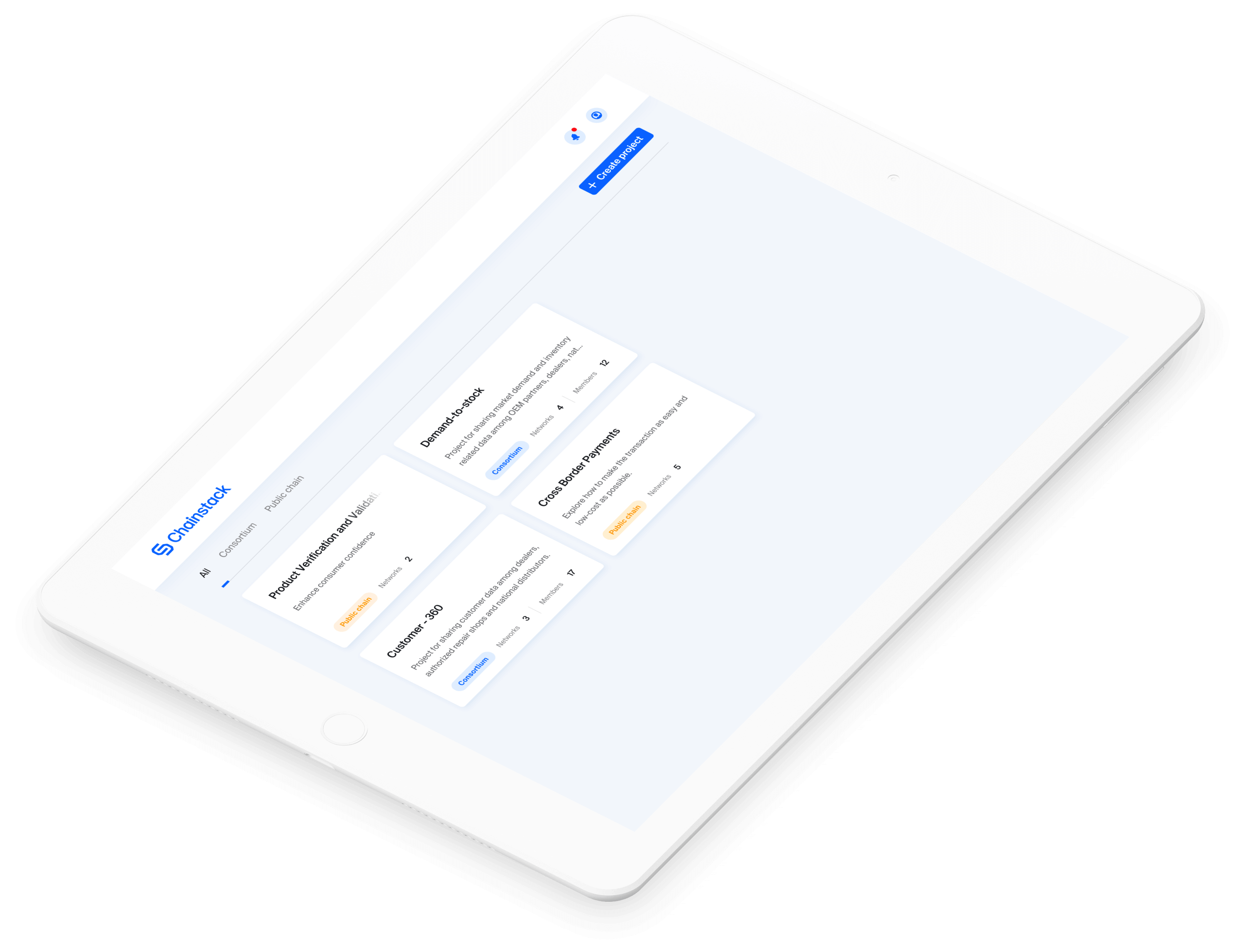Best Solana RPC providers for 2025
Infrastructure matters everywhere. But on Solana, where builders compete in microsecond execution windows and stream live state across millions of accounts, your RPC provider determines whether transactions land in the next block or get left behind.
Solana is the most demanding blockchain network when it comes to RPC infrastructure, requiring low latency and high throughput. We measured and compared the top RPC providers powering Solana on speed, performance, and uptime to help you choose the right one.
This is why standard JSON-RPC falls short for trading bots, real-time analytics, or validator-integrated applications. Solana demands infrastructure that moves at network speed: low latency, high throughput, and native streaming capabilities.
To find which providers meet that standard, we measured the top Solana RPC providers on speed, performance, and uptime.
Comparison of the best Solana RPC providers
Solana RPC providers differ not just in pricing, but in how they handle latency, throughput, uptime guarantees, and developer tooling. Here’s how the top Solana RPC services stack up side by side:
| # | Provider | Free plan | Paid plans & pricing | Latency & uptime | Developer experience |
|---|---|---|---|---|---|
| 1 | Chainstack | 3M requests/mo, 25 RPS | Starts at 250 RPS on Growth tier. Enterprise and Unlimited Node options scale beyond 600 RPS with flat-fee unmetered plans | Low latency global routing with 99.99%+ uptime | Comprehensive docs, dashboard metrics, Access Rules, ShredStream-enabled endpoints, and advanced tooling including Yellowstone gRPC Geyser plugin support |
| 2 | Helius | 1M credits/mo, 10 RPS | $49–$999/mo credit-based tiers, 50–500 RPS; enterprise offers custom RPS | Low-latency Solana routing with staked RPC; no public SLA | Solana-native APIs, webhooks, NFT and token data, clear docs and SDKs |
| 3 | Alchemy | 30M CUs/mo; up to 25 RPS | PAYG or monthly tiers with higher CU throughput on paid plans; enterprise available | Low-latency routing; uptime guarantees on higher tiers | Webhooks and WebSocket streaming, per method analytics in dashboard, request tracing and alerting, archive access and cross chain SDKs |
| 4 | QuickNode | Trial credits (~10M) | Credit-based monthly plans, ~50–500 RPS depending on tier; enterprise custom | Globally distributed, 99.99% uptime on paid tiers | Streams and WebSockets, add ons for transaction handling and MEV protection, multi region endpoint setup and archive access |
| 5 | dRPC | ~210M CUs/mo (~≈10M calls), ~100–250 RPS | ~$6 per 1M requests (PAYG). Scales to ~5,000 RPS; enterprise custom beyond that | Latency-aware multi-region routing; 99.99% uptime on paid | Dashboard analytics and request metrics, unlimited keys on paid plans, stake weighted QoS messaging and MEV safe routing |
| 6 | Ankr | ~200M credits/mo, ~30 RPS | PAYG (~$10 per 100M credits) with monthly tiers; scales to high RPS | Geo-distributed network; 99.99% SLA on enterprise | HTTPS and WebSocket access, allowlists, multi chain setup with archive queries |
Chainstack
Chainstack is a multi-chain infrastructure platform offering one of the most scalable ways to connect to Solana without running validator-grade hardware yourself. You can choose between reliable Global Nodes, which provide geo-balanced RPC access for predictable performance, or Dedicated Nodes, which offer isolated infrastructure and full configuration control, both backed by 99.99%+ observed uptime.
What makes Chainstack the default choice for teams building on Solana is its alignment with the protocol’s high-speed architecture. Instead of relying on standard pull-based JSON-RPC alone, Chainstack supports ShredStreams and Yellowstone gRPC via the Geyser plugin to enable real-time data streaming at validator speed. On top of that, you get Access Rules for securing endpoints, real-time usage visibility, and an Unlimited Node add-on that gives you flat-fee scaling instead of metered request limits.
How much does Chainstack cost?
Most Solana RPC providers use credit models or variable compute pricing that’s hard to forecast under real load. With Chainstack, pricing is tied directly to request volume and throughput capacity (RPS), so you always know what you’re paying as usage scales. For high-volume workloads, you can also opt for a flat-fee model that removes metering altogether.
- Developer — free, 3M requests/month (~25 RPS), additional requests at $2.50 per million.
- Growth — $49/month, 20M requests (~250 RPS), $15 per extra million.
- Pro — $199/month, 80M requests (~400 RPS), $12.50 per extra million.
- Business — $349/month, 140M requests (~600 RPS), $10 per extra million.
- Enterprise — from $990/month, 400M+ requests with custom RPS and reduced overage from ~$5 per million.
- Unlimited Node add-on — flat monthly price with unmetered Solana RPC traffic, effective ~$2.00 per million requests at scale.
- Dedicated Nodes — $0.50/hour plus storage for isolated Solana RPC nodes, working out to ~$0.25 per million requests depending on workload.
Performance on Solana with Chainstack
Choosing Chainstack means getting one of the most reliable Solana RPC setups available. Traffic runs on a multi-cloud, multi-region network that automatically routes requests to the closest healthy region. That design pays off when Solana activity spikes during liquidations or heavy minting, as instead of dropping requests or slowing down, Chainstack stays responsive with 99.99%+ observed uptime and automatic failover.
The difference also shows in how it moves data. Chainstack supports Solana-native streaming through Yellowstone gRPC and ShredStreams, letting applications listen directly to validator output instead of polling for updates. On top of speed and streaming, it gives you the kind of operational control most providers reserve for enterprise tiers, summarized across these key performance layers:
- Availability: 99.99%+ uptime with multi-cloud redundancy and automatic regional failover.
- Latency: Geo-balanced routing across the US, EU, and APAC for consistently low response times.
- Scalability: High RPS ceilings that expand with plan tier, plus unmetered options for heavy workloads.
- Stability: Maintains steady performance during Solana-wide load and slot pressure.
- Controls: Built-in metrics, Access Rules, and full support for Yellowstone gRPC plugin and ShredStreams.
Pros & cons of Chainstack
| Pros | Cons |
|---|---|
| High throughput at the lower price point (≈250 RPS on Growth, ≈600 RPS on Business, higher on Enterprise) | Free tier is generous for testing but not designed for sustained mainnet traffic |
| Solana-native streaming support (Yellowstone gRPC, ShredStreams) for real-time data | Enterprise-grade features like private networking or SLAs are reserved for higher tiers |
| Dedicated Nodes are billed separately on an hourly plus storage | |
| Multi-cloud, multi-region routing with automatic failover and 99.99%+ observed uptime |
To sum up, Chainstack fits nearly every Solana builder profile, from teams testing new ideas on the free tier to production-scale trading, analytics, or infrastructure projects that need consistent low latency. The combination of predictable pricing, real-time streaming, and multi-cloud routing makes it easy to trust that your RPC will hold when traffic spikes. You still get full control from the console without having to manage hardware or vendor lock-ins. For builders who care about performance as much as uptime, Chainstack is the one provider that keeps pace with how Solana actually runs.
Helius
Instead of going multi-chain, Helius is built squarely around Solana. Its RPC traffic runs through staked validator nodes that get higher priority in the network, helping transactions land faster during congestion. Average latency sits around 140 ms, and the setup scales well under load thanks to Solana-specific tuning. So, the trade-off with Helius is the focus as you get a strong Solana experience, but no cross-chain flexibility or custom routing control.
Helius adds a few extras that make it feel closer to an indexer than a standard RPC. You get token and transaction parsing APIs, webhook subscriptions, and support for the Digital Asset Standard (DAS) plus Geyser plugin streams. It runs shared clusters for most workloads and dedicated validators for teams that need isolation or performance guarantees. For Solana-only builders who want integrated data and real-time event streams out of the box, it’s a specialized choice, though less customizable than full-stack platforms like Chainstack and other infra providers.
How much does Helius cost?
Helius uses a credit-based model that scales by monthly request volume and throughput. Each plan defines its own limit of RPC calls, sendTransaction capacity, and LaserStream data access, so pricing can vary depending on how many on-chain reads or writes your workload generates. This makes pricing predictable when your workload is steady, but harder to estimate when traffic spikes.
- Free — $0/month, 1M credits, 10 RPS.
- Developer — $49/month, 10M credits, 50 RPS.
- Business — $499/month, 100M credits, 200 RPS.
- Professional — $999/month, 200M credits, 500 RPS.
- Enterprise — custom pricing, up to 1B+ credits, custom RPS.
- Dedicated nodes — from $2,900/month for isolated gRPC streaming infrastructure with custom optimizations.
- Data add-on — LaserStream / Enhanced WebSockets plans start at $500/month for fixed-rate streaming tiers.
Performance on Solana with Helius
With Helius tuned around Solana’s execution path, you get a setup that stays responsive even when the network is under pressure. It’s built for teams that want insight and automation alongside raw speed, combining data depth with stable infrastructure across these layers:
- Availability: Staked RPC designed to keep transactions landing under load. Uptime is positioned as a reliability feature, but there is no public 99.99% SLA on lower tiers.
- Latency: ~140 ms average Solana RPC response time, with routing that prioritizes proximity to the current leader to reduce slot delay.
- Scalability: From 10 RPS (free) to 500 RPS (paid) plus dedicated validators.
- Stability: Holds transaction success rates during mints or fee spikes.
- Controls: Transaction and account parsing APIs, webhooks for on-chain triggers, DAS support, and Geyser-powered streams. Enterprise tiers layer on higher sendTransaction rates, private validator access, and direct engineering support.
Pros & cons of Helius
| Pros | Cons |
|---|---|
| Staked RPC routing aims to improve inclusion during congestion and keep transactions landing under load | Solana-only focus, so no cross-chain flexibility if you want the same setup on other networks |
| Low reported latency (~140 ms average response time) and routing that follows leader proximity | No public 99.99% uptime SLA on lower tiers, stronger guarantees sit in higher plans |
| Credit-based plans scale from ~10 RPS (free) to ~500 RPS (paid), plus dedicated validator options for isolation | Credit/CPU-style billing can be harder to forecast for bursty workflows compared to straight request-based pricing |
| Built-in parsing APIs, webhooks, DAS support, and Geyser streams reduce the need to run your own indexer | Some advanced features and higher sendTransaction rates sit behind Business / Professional / Enterprise tiers |
If you or your team builds only on Solana and wants data depth out of the box, Helius as a choice makes sense. You get staked RPC routing, parsed transactions, webhooks, DAS, and Geyser streams without wiring your own indexer. It’s a good match for products that tie backend logic to real-time account changes and want to move fast on one chain.
Yet, if you need broader control, predictable request-based pricing, multi-cloud routing, and streaming in the same stack, or just multi-chain support, other providers like Chainstack are the safer all-around choice.
Alchemy
Alchemy runs Solana RPC on top of its supernode architecture, which is designed for correctness, high uptime, and consistent routing under load. With this infra provider, you get global routing, 99.99% uptime targets, and latency around 170 ms, fast enough for most use cases but not optimized for Solana’s validator layer.
However, where Alchemy leans hardest is the developer layer. Alchemy’s dashboard shows per-method latency, request tracing, and error tracking, along with APIs for tokens and balances. Still, it’s a generalist setup, great if you’re shipping across multiple chains, but less tuned to Solana’s unique speed and streaming requirements than Solana-native or infra-focused providers.
How much does Alchemy cost?
Alchemy’s pricing uses its standard compute-unit (CU) model instead of straight request counting. It works fine for predictable workloads, but on Solana, where you’re often dealing with varied query types, the CU model can make costs unpredictable. Each call is billed by the compute it consumes, not by request count, so costs shift as your usage changes. It’s flexible at scale but harder to forecast than flat, request-based plans.
- Free — 30M compute units per month (~25 RPS).
- Pay-as-you-go — $5 per 11M CUs, no base fee, scaling to ~300 RPS.
- Enterprise — Custom SLAs, routing, support.
- Platinum — Uncapped throughput, advanced analytics.
Performance on Solana with Alchemy
With Alchemy is more of an operations-first setup than a network-tuned one, favoring stability and visibility over raw speed. For most teams, it delivers predictable, high-availability RPC access that scales across:
- Availability: Multi-region routing and 99.99 % uptime targets.
- Latency: ~170 ms average across US, EU, APAC.
- Scalability: 25 RPS on free, ~300 RPS paid, custom enterprise.
- Stability: Supernode architecture absorbs traffic spikes and method-heavy bursts without performance drops.
- Controls: Per-method metrics, WebSockets, webhooks, API keys, and SDKs.
Pros & cons of Alchemy
| Pros | Cons |
|---|---|
| Global routing with auto-failover | Higher throughput and stronger SLAs sit in upper plans |
| Covers Solana plus 40+ chains | Compute-unit (CU) billing can be hard to predict when workloads spike or query mix changes |
| Support for Solana-specific tooling including Yellowstone gRPC | Feature depth varies by tier, so webhook quotas, analytics visibility, and SLAs improve as you move up plans |
To sum up, Alchemy suits teams that care more about reliability and visibility than raw speed. If you’re building a wallet, dashboard, or multi-chain app, it gives you solid uptime, good tooling, and detailed monitoring without much setup. You get analytics and webhooks out of the box, but less control over routing, RPS headroom, or validator proximity. Cost is also based on compute units, not requests, so forecasting under load can feel unpredictable.
QuickNode
QuickNode runs Solana alongside other chains on a global, multi-region network with load balancing and automatic failover. With this provider, you get standard RPC, WebSocket streaming, and the Streams API for real-time delivery, plus usage analytics, request logs, team dashboards, and a marketplace of add-ons like MEV protection, webhook-style streaming, and transaction handling.
While capable, QuickNode comes with trade-offs around control and cost. Pricing is credit based, so spend can fluctuate depending on method mix, and RPS headroom scales tightly with your tier. There’s also no ongoing free plan (only a time-limited trial), which makes long testing cycles harder to sustain without paying. If you need more precise control over routing, predictable request-based billing, or unmetered options, it’s worth looking into other options.
How much does QuickNode cost?
QuickNode uses a credit-based pricing model where each plan includes a fixed block of “API credits,” an RPS ceiling, and different support and SLA levels. Once you burn through the included credits, you’re billed per additional million. There’s no ongoing free plan, only a 1-month trial, so after that you’re on a paid plan. The tiers look like this:
- Free trial — $0/month for 1 month. ~10M API credits included, ~15 requests/second, no ongoing free plan after the trial.
- Build — $49/month. ~80M API credits included, ~50 requests/second, extra credits billed at about $0.62 per 1M.
- Accelerate — $249/month. ~450M API credits included, ~125 requests/second, extra credits at about $0.55 per 1M.
- Scale — $499/month. ~950M API credits included, ~250 requests/second, extra credits at about $0.53 per 1M.
- Business — $999/month. ~2B API credits included, ~500 requests/second, extra credits at about $0.50 per 1M.
- Enterprise — custom pricing + RPS
Performance on Solana with QuickNode
QuickNode is built more for consistency and visibility than extreme low-latency tuning, and most of the control you get scales with the plan you’re on:
- Availability: Multi-region load balancing with automatic failover, public status page, uptime targets on paid tiers.
- Latency: Low-latency routing with US, EU, and APAC coverage to keep paths short; region selection available.
- Scalability: RPS ceilings tied to plan tier, roughly tens to hundreds of RPS; no unmetered option.
- Stability: Load-balanced clusters that hold up during traffic spikes like mints or fee races; retry logic on the gateway.
- Controls: Streams and WebSockets, request logs and analytics, key-level controls and allowlists, team dashboards, add-ons for MEV protection and transaction handling.
Pros & Cons of QuickNode
| Pros | Cons |
|---|---|
| Global multi-region routing with automatic failover | No ongoing free plan, only a short trial before paid usage |
| Streams and WebSockets for event delivery, plus usage analytics, request logs, and team dashboards | Credit-based pricing means cost can move with method mix |
| Add-on marketplace (e.g., MEV protection, webhook-style streaming, tx handling) | RPS headroom is tightly tied to tier |
QuickNode is a comfortable choice for wallets, analytics surfaces, dashboards, or multi-chain consumer apps that value logs, Streams, WebSockets, and team access controls. However, you’ll need to be okay with the trade-offs: RPS ceilings scale with your tier, pricing is credit-based, and there’s no true free plan beyond the trial.
dRPC
dRPC, instead of running its own single cluster, routes traffic across a network of 50+ independent node operators and uses an AI-driven load balancer to select the fastest, healthiest endpoint for each request. The goal is to eliminate single points of failure, reduce latency by steering calls to the nearest region, and deliver production-level throughput without tying you to a single provider’s hardware profile.
That design comes with a clear trade-off: you’re not getting one tightly controlled Solana stack. Speed and redundancy are achieved by sitting on top of multiple operators, so performance depends on a rotating pool of providers. As a result, you don’t always get the same level of deterministic routing, regional pinning, or operational visibility that other providers provide.
How much does dRPC cost?
dRPC prices Solana access on a pay-as-you-go model. Costs are structured around compute units and per-million-request pricing: higher tiers get you more RPS capacity, priority routing, uptime SLAs, and dedicated support.
- Free — $0. Includes 210M compute units per month (roughly ~10M calls).
- Growth / Pay-as-you-go — $6 per 1M requests. Includes high-performance nodes behind an AI-driven load balancer, up to 5,000 requests per second class throughput.
- Enterprise — Custom pricing starting from ~300M+ requests/month.
Performance on Solana with dRPC
dRPC is built to absorb traffic spikes and reroute around trouble automatically, using a multi-provider, multi-region mesh with an AI balancer picking healthy paths in real time. That design trades some predictability, which shows up across a few criterias:
- Availability: 99.99 % uptime goal with automatic fallback across 50 + operators and 7 regions.
- Latency: Region-aware routing keeps calls close; speeds can fluctuate slightly.
- Scalability: Pay-as-you-go throughput up to ≈ 5 000 RPS, expandable for enterprise.
- Stability: Automatic retries and smart rotation maintain flow during mints or heavy network load.
- Controls: Unlimited API keys, request analytics, and MEV-safe routing included.
Pros & Cons of dRPC
| Pros | Cons |
|---|---|
| Decentralized aggregator with AI routing across 50+ operators for low latency and no single point of failure | Less predictable than a single-provider stack; routing and performance can vary between upstream operators |
| High headroom on paid plans | Finer controls like strict regional pinning or per-cluster visibility are limited compared to infra-first providers |
| Built-in MEV-safe routing and automatic fallback under congestion | Debugging edge cases can take longer because issues may originate from different upstream node operators |
dRPC is a good fit for teams that want high RPS fast and are fine with smart routing deciding where traffic goes. The pay-as-you-go model and high burst capacity work for bots, liquidators, and monitoring systems that just need throughput right now. If you need strict region pinning, predictable billing, or deep visibility into a single stack, something more infra-directed like Chainstack will feel safer long term.
Ankr
Ankr runs Solana on a decentralized network of independent node operators, routing requests through Anycast to the nearest healthy endpoint. You get quick access to Solana RPC without managing your own servers, plus reach across multiple regions by default.
Performance is generally fast enough for most dApps because traffic is sent to a geographically close node, and paid tiers can burst into high RPS ranges, but behavior can vary because you’re effectively talking to different operators over time. WebSocket access, higher throughput, and SLA-style guarantees sit behind paid plans, while the free tier is HTTP only. So Ankr tends to fit teams that want inexpensive access to Solana (and a bunch of other chains) with minimal ceremony, and are comfortable trading some consistency for reach and price.
How much does Ankr cost?
With Ankr, each plan includes a set number of credits and a rate limit, and once you use them up, you pay for more. The higher you go, the more RPS, WebSocket access, and support you get, with options including:
- Freemium — $0/month. Includes a monthly free quota, ~30 requests/sec on the standard Node API, ~30 requests/min on the Advanced API.
- Pay-as-you-go — Starts at $10 per 100M API credits (≈500K requests). Up to 1,500 requests/sec on the Node API and 1,000 requests/min on the Advanced API.
- Deal — Monthly subscription starting around $500 for 6B API credits (≈30M requests).
- Enterprise — Custom terms.
Performance on Solana with Ankr
Ankr aims to stay available even when traffic spikes. You’re getting a network that spreads load across many operators and routes calls toward capacity, then layers paid features like WebSockets, higher RPS limits, and allowlists on top. That shows up across a few core areas:
- Availability: Global routing that shifts traffic automatically when one operator slows down.
- Latency: Usually under 200 ms when the route is clear, though times vary by operator.
- Scalability: Up to ~1,500 RPS on paid tiers with higher concurrency at the top end.
- Stability: Handles Solana surges well thanks to distributed routing, though regional results differ slightly.
- Controls: Paid plans include HTTPS / WSS, allowlists, usage stats, and support; the free tier stays minimal for testing.
Pros & Cons of Ankr
| Pros | Cons |
|---|---|
| Decentralized node network for global reach and automatic fallback | Free tier is HTTP-only and light on observability and controls |
| Can reach ~1,500 RPS on paid plans, good burst handling for event-driven workloads | Performance can vary between operators, so routing is less deterministic than a single-provider stack |
| Broad multi-chain coverage with one workflow across networks | No true unmetered flat-fee option for sustained high-volume traffic |
Ankr works well for multi-chain dashboards, lightweight DeFi tools, and apps that can tolerate a bit of variation in latency if it means easier scaling and lower cost. But if your stack depends on tight regional pinning, predictable billing, or validator-level streaming, you’ll likely outgrow it fast and move toward providers for more control.
How to get a Solana RPC
Solana’s speed means infrastructure choices matter more than most builders think, and there’s no one-size-fits-all setup. Trading bots, dashboards, indexers, or DeFi frontends all hit the chain differently. But whatever you’re building, you need an RPC provider that can deliver low latency, stable throughput, and real-time access.
With Chainstack, that’s all built in. You can deploy a Solana RPC endpoint in under a minute and start sending requests right away with a few short steps:
- Log in to the Chainstack console (or create one if you don’t have it yet).
- Create a new project or select an existing one.
- Pick Solana as the network and choose mainnet or testnet.
- Deploy your node.
- Copy your HTTPS or WebSocket endpoint.
CTA: Deploy Solana node
Wrapping up
Solana moves fast, and so does the competition building on it. The projects that stay online during congestion or surges aren’t necessarily the ones with the biggest teams, but the ones that choose the right infrastructure early. Stability, latency, and clean access to real-time data are what separate an app that scales from one that stalls.
Chainstack gives you that foundation without compromise: multi-region routing with 99.99%+ uptime, ShredStream-enabled RPC and Yellowstone gRPC for real-time data, Access rules for more control, transparent request-based pricing, and unmetered plans when you need to scale past RPS limits.
Power-boost your project on Chainstack
- Discover how you can save thousands in infra costs every month with our unbeatable pricing on the most complete Web3 development platform.
- Input your workload and see how affordable Chainstack is compared to other RPC providers.
- Connect to Ethereum, Solana, BNB Smart Chain, Polygon, Arbitrum, Base, Optimism, Avalanche, TON, Ronin, Plasma, Hyperliquid, Scroll, Aptos, Fantom, Cronos, Gnosis Chain, Klaytn, Moonbeam, Celo, Aurora, Oasis Sapphire, Polygon zkEVM, and Bitcoin mainnet or testnets through an interface designed to help you get the job done.
- Fast access to blockchain archive data and gRPC streaming on Solana.
- To learn more about Chainstack, visit our Developer Portal or join our Telegram group.
- Are you in need of testnet tokens? Request some from our faucets. Sepolia faucet, Hoodi faucet, BNB faucet, zkSync faucet, Scroll faucet, Hyperliquid faucet.
Have you already explored what you can achieve with Chainstack? Get started for free today.
FAQ
What is a Solana RPC provider?
An RPC (Remote Procedure Call) provider lets your app communicate with the Solana network without running your own validator. It handles requests like sending transactions, reading account data, and fetching block information, all through standardized endpoints such as HTTP, WebSocket, or gRPC.
Why does Solana need specialized RPC infrastructure?
Because Solana runs at extreme throughput and parallel execution, generic or underpowered RPC setups often can’t keep up. The network requires high-speed data streaming, optimized routing, and low-latency infrastructure to maintain real-time sync with validators otherwise, transactions start missing slots.
How do I choose the best Solana RPC provider?
Focus on measurable performance: latency, uptime, and scalability under load. Pricing transparency and developer tools also matter, especially if you’re managing bots, analytics, or real-time workloads. Platforms like Chainstack make this easier with built-in routing, clear pricing, and streaming support.
Can I use Solana RPC for free?
Yes. Most providers, including Chainstack, offer free plans to test integrations and run small workloads. When you scale into production, paid tiers give you higher RPS ceilings, better SLAs, and access to advanced features like gRPC or ShredStreams.
Does Chainstack support real-time data streaming on Solana?
Yes. Chainstack supports Yellowstone gRPC and ShredStreams, giving builders direct access to validator-level data for trading, analytics, and monitoring workloads that need sub-second updates.
 Ethereum
Ethereum Solana
Solana Hyperliquid
Hyperliquid Base
Base BNB Smart Chain
BNB Smart Chain Monad
Monad Aptos
Aptos TRON
TRON Ronin
Ronin zkSync Era
zkSync Era Sonic
Sonic Polygon
Polygon Unichain
Unichain Gnosis Chain
Gnosis Chain Sui
Sui Avalanche Subnets
Avalanche Subnets Polygon CDK
Polygon CDK Starknet Appchains
Starknet Appchains zkSync Hyperchains
zkSync Hyperchains











